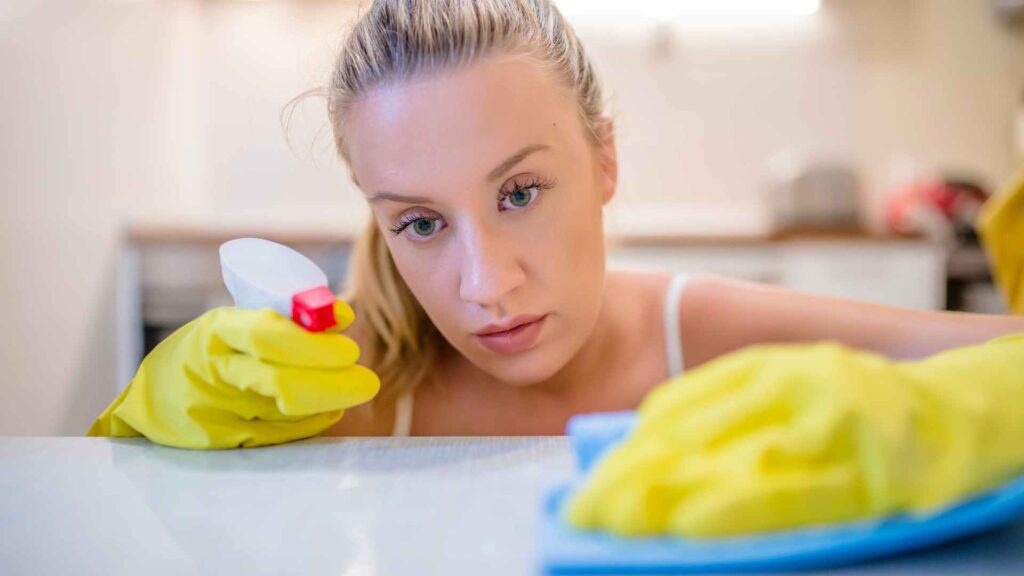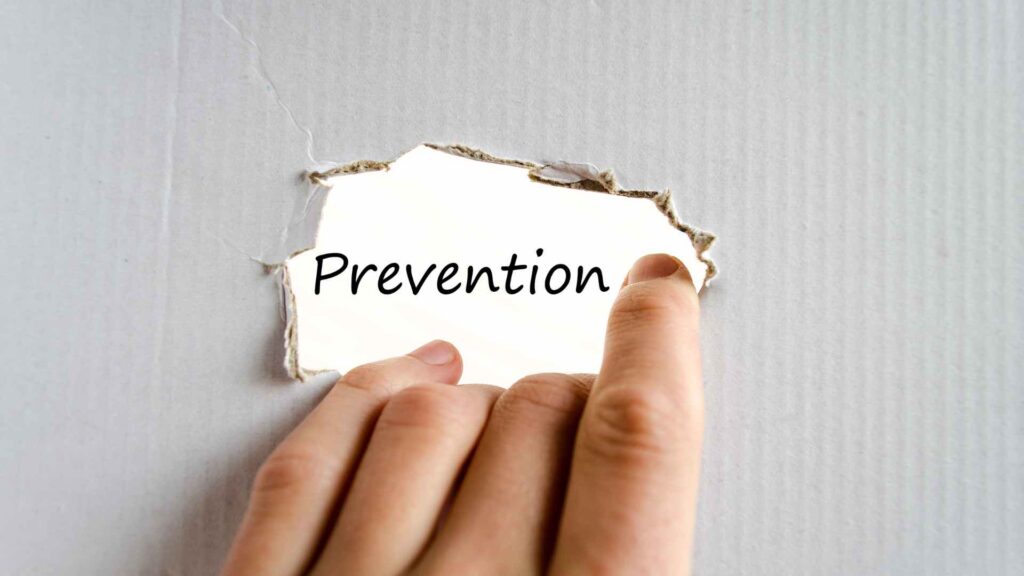Table Of Content
ToggleHave you ever walked into your house, taken a deep breath, and been met with an unmistakable, pungent odor? That sickeningly sweet, almost chemical smell?
If you live in a region prone to stink bugs, you already know the culprit. A stink bug infestation can not only be a nuisance, but their defensive spray leaves a lingering odor that can permeate your entire home.
As a pest control expert, I hear complaints about “house smells like stink bugs” all the time. It’s a common problem, and the pungent odor can definitely be unpleasant.
But fear not, there are effective ways to eliminate the stink and prevent these smelly invaders from taking over your home.
Don’t resign yourself to living with the stench – let’s get rid of those stink bugs and restore a fresh, pleasant aroma to your living space!
First things first, we need to find the culprit. There are two main possibilities:
The location of the odor can also be a clue. Does it seem strongest in a specific room, near vents, or behind furniture? This can help narrow down your search.
Dead stink bugs are often the source of the persistent odor. Here’s how to handle them:
Choose the best pest control frequency. Get expert guidance.

Stink bugs may not be dangerous, but their presence and pungent odor are certainly unwelcome in any home. Luckily, there are several effective ways to capture and remove these smelly invaders without resorting to harsh chemicals.
Here, we’ll explore some humane methods to get rid of live stink bugs and keep your home stink bug-free.
Vacuuming is a quick and easy way to capture stink bugs, but it requires a delicate touch. Here’s how to do it effectively:
Commercially available traps offer a convenient way to capture stink bugs alive. These traps come in various designs, often utilizing light, bait, or a combination of both to lure the bugs in. Once inside, the stink bug becomes trapped and unable to escape.
Ready to fumigate your home? Contact us today for a customized quote!
This low-tech method utilizes a readily available household item – a jar. Here’s what you’ll need:
Stink bugs, like many insects, are attracted to light. You can use this to your advantage by creating a homemade sticky trap. Here’s what you’ll need:
The stink bugs will be drawn to the light, land on the sticky tape, and become trapped. Dispose of the dish with the captured stink bugs in a sealed bag.
Say goodbye to pests for good. Book your fumigation session now!

While the focus of this article is on humane capture and removal, it’s important to acknowledge that some situations might call for a different approach. Here’s a brief overview of lethal methods for stink bugs, but we recommend these only as a last resort:
It’s important to remember that using lethal methods should be a last resort. Not only can they harm beneficial insects and pose health risks, but dead stink bugs can still release their odor if not removed promptly.
Looking for a pest-free home? Reach out to our experts today!
Conquering the stink bug invasion is just half the battle. Now you’re left with the lingering, unpleasant odor they leave behind.
Fear not, there are effective ways to neutralize the stink bug smell and restore a fresh, pleasant aroma to your home. Here are some methods to consider:
The first step is to get rid of the stale air that carries the stink bug odor. Open windows and doors on opposite sides of your house to create a cross breeze.
This will help to circulate fresh air and remove the trapped, smelly air. Ideally, aim for a few hours of good ventilation on a dry day.
Stink bug odor can linger on surfaces where the bugs have been. To combat this, a thorough cleaning is necessary. Wash affected surfaces with soapy water.
This will help to eliminate any residual odor-causing particles left behind by the stink bugs. Pay close attention to areas where you found live or dead stink bugs, such as windowsills, countertops, and furniture.
Baking soda and white vinegar are two natural deodorizers that can be effective in neutralizing the stink bug smell. Here’s how to use them:
Important Note: While vinegar is generally safe for most surfaces, it’s always best to test it in an inconspicuous area first to ensure it doesn’t cause any discoloration.
Some essential oils, like peppermint or lavender, have natural deodorizing properties. You can diffuse these oils in an essential oil diffuser to help mask the stink bug odor. However, there are some important considerations before using essential oils:
If you have any concerns about using essential oils, it’s best to err on the side of caution and choose one of the alternative methods mentioned above.
Explore your pest control options for a safer home today.

An ounce of prevention is truly worth a pound of stink bug stink!
By taking proactive measures to seal entry points and deter stink bugs from entering your home in the first place, you can significantly reduce the risk of future infestations and save yourself the trouble (and odor) of dealing with these unwelcome guests.
Stink bugs are persistent and can squeeze through surprisingly small openings. Here’s how to fortify your home’s defenses:
While sealing entry points is crucial, deterring stink bugs from approaching your home in the first place adds another layer of defense. Here are some natural deterrents you can try:
Secure your home with the right pest control plan. Find out how.
By implementing these preventative measures, you can create a less hospitable environment for stink bugs and significantly reduce the risk of future infestations.

Sometimes, DIY methods just won’t cut it. Here are some signs you might need to call a professional pest control service:
Explore your pest control options for a safer home today.

Dealing with a stink bug infestation involves identifying the source (live or dead bugs!), removing them, and neutralizing the odor.
By following these steps and focusing on prevention through sealing entry points and using natural deterrents, you can keep your home stink bug-free and enjoy fresh, pleasant air. If the problem seems overwhelming, remember, there’s no shame in calling a professional for help.
We’ll have your home smelling good as new in no time!
Stink bugs release a defensive odor when threatened or crushed, which can permeate an entire area if there’s an infestation or if they’ve been disturbed inside your home.
Certain insects like beetles and some types of ants can emit similar odors when threatened or crushed. Additionally, some plants and fungi may produce odors reminiscent of stink bugs.
To eliminate stink bug odor, start by ventilating your home by opening windows and using fans. Clean affected surfaces with a mixture of vinegar and water or a commercial odor neutralizer. Additionally, using air purifiers or placing bowls of baking soda can help absorb lingering odors.
Your trusted pest control experts in Southern California. Keeping your neighborhood pest-free!